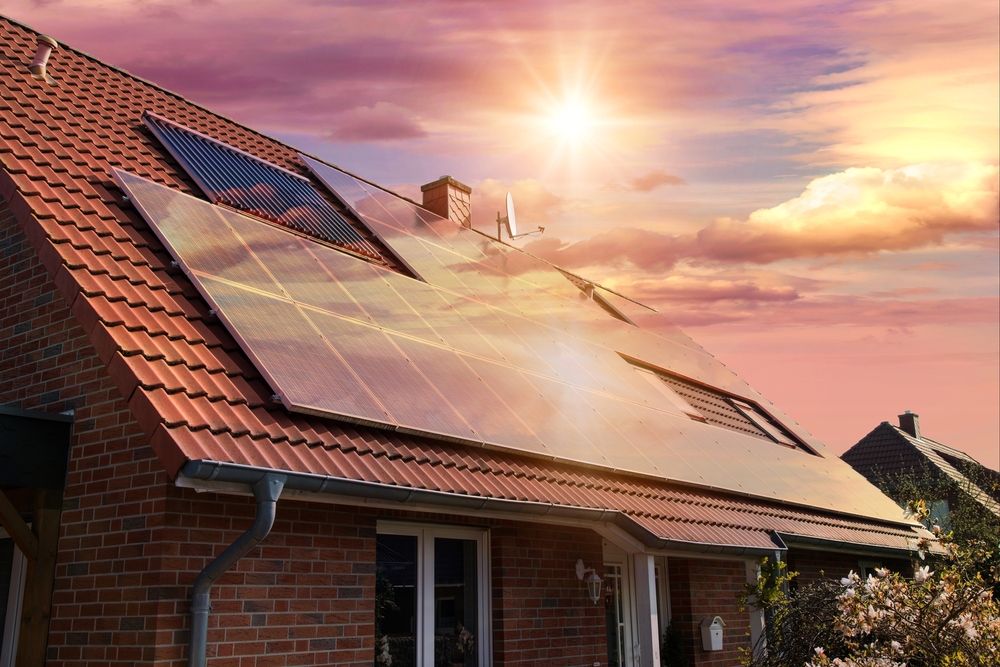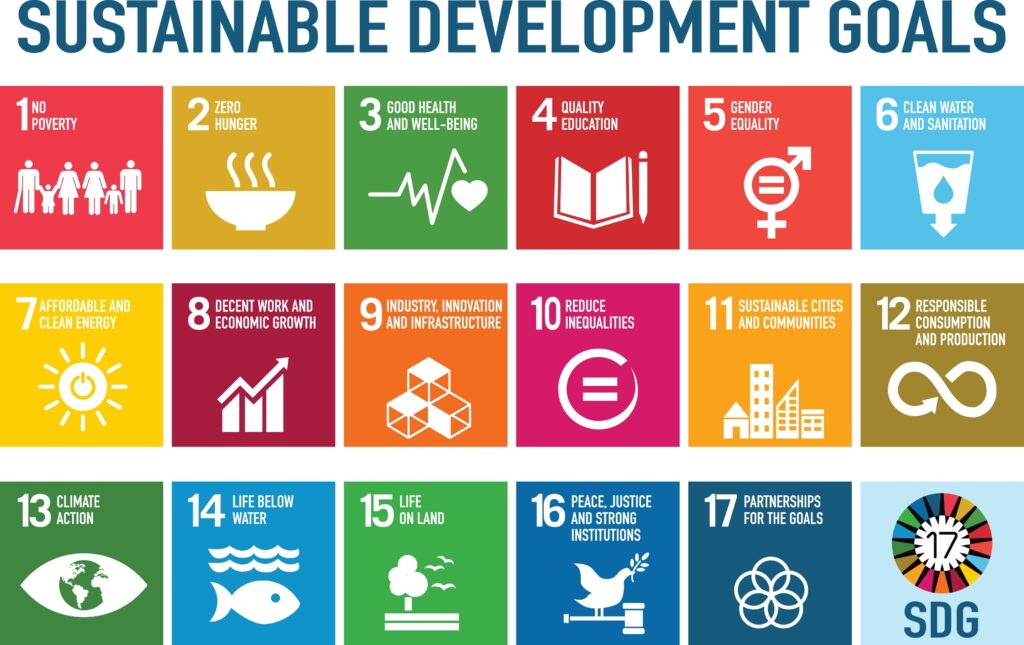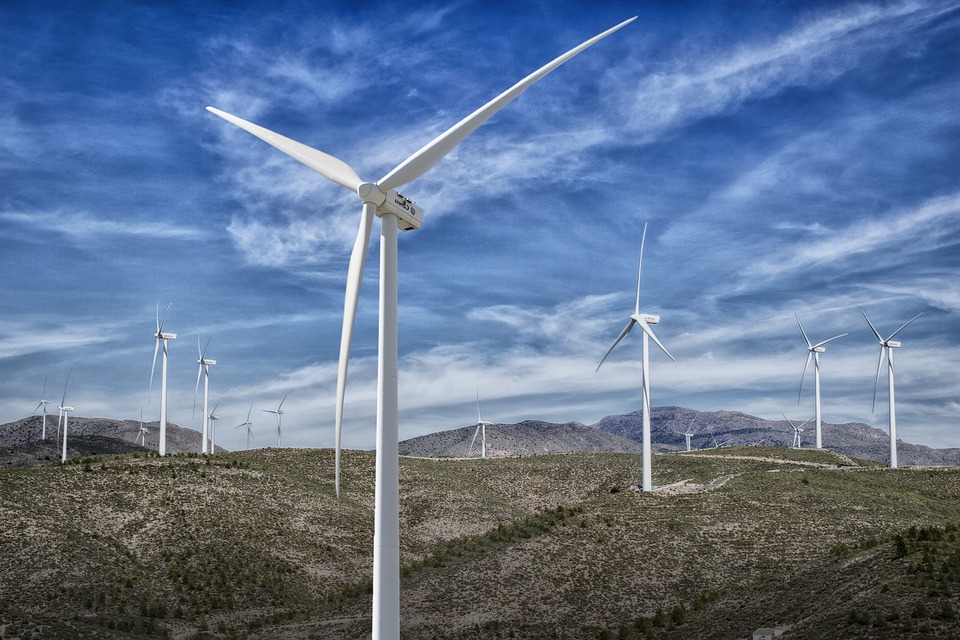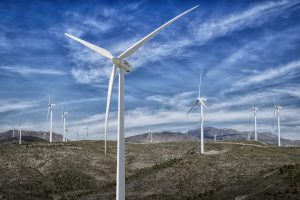The Best Pros and Cons of Using Wind Energy
In the pursuit of sustainable and clean energy alternatives, wind power has emerged as a formidable contender, transforming the kinetic energy of the wind into a source of electricity. While the wind energy sector has witnessed significant growth and technological advancements, it is essential to scrutinize the advantages and challenges associated with harnessing the power of the wind. In this blog post, we will explore the pros and cons of using wind energy, offering a comprehensive overview of its potential benefits and drawbacks for individuals, businesses, and societies at large.
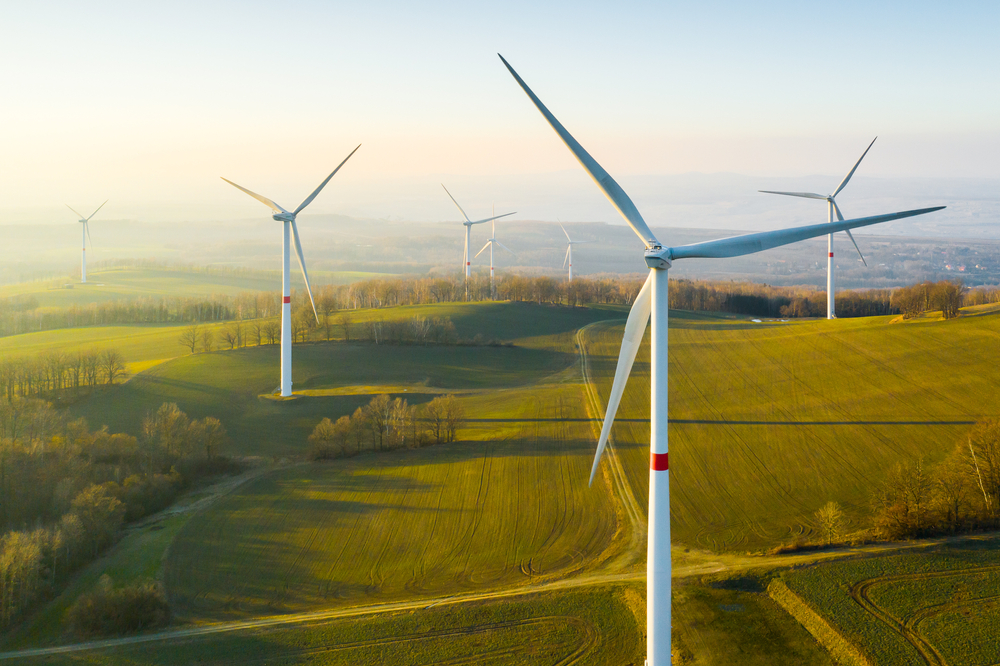
Pros of Using Wind Energy:
Clean and Renewable:
Wind energy’s primary advantage lies in its cleanliness and renewability. Wind power harnesses the kinetic energy generated by the movement of air masses, producing electricity without emitting pollutants, greenhouse gases, or other harmful byproducts. As a result, wind energy is a crucial player in reducing carbon emissions and combating climate change, aligning with global efforts to transition to cleaner and more sustainable energy sources.
Abundant Resource:
Alongside solar energy, Wind is an abundant and perpetual resource, driven by the sun’s uneven heating of the Earth’s surface. This makes wind energy a highly reliable and sustainable power source. Unlike finite fossil fuels, which are subject to depletion, the wind is a constant and widely available resource that can be harnessed to meet a significant portion of our energy needs.
Cost-Effective and Competitive:
Advancements in wind turbine technology, manufacturing processes, and economies of scale have contributed to the increased cost-effectiveness and competitiveness of wind energy. Over the years, the leveled cost of electricity (LCOE) for wind power has decreased, making it increasingly comparable to or even cheaper than traditional energy sources. This economic viability enhances the appeal of wind energy for both individuals and businesses.
Job Creation and Economic Growth:
The wind energy sector has become a significant driver of job creation and economic growth. Wind projects, from planning and installation to maintenance and operation, require a diverse workforce, including engineers, technicians, project managers, and researchers. The expansion of wind energy contributes not only to a greener environment but also stimulates local economies by creating employment opportunities in various regions.
Energy Independence and Security:
Wind energy plays a crucial role in achieving energy independence and security for nations. By diversifying the energy mix and reducing reliance on imported fossil fuels, countries can enhance their energy security. Wind power projects, when combined with other renewable sources, contribute to a more resilient and self-sufficient energy infrastructure, reducing vulnerability to geopolitical uncertainties.
Low Environmental Impact and Land Use:
Compared to traditional power sources, wind energy has a low environmental impact. Wind turbines occupy a relatively small footprint, allowing the land around them to be used for other compatible purposes, such as agriculture or recreation. The minimal land use and the ability to coexist with other activities make wind energy an environmentally friendly option.
Cons of Using Wind Energy:
Intermittency and Reliability:
One of the primary challenges associated with wind energy is its intermittency. The wind is not constant, and electricity generation is dependent on wind speed and consistency. During periods of low wind or calm conditions, power output can decrease, posing challenges for maintaining a reliable and consistent energy supply.
High Initial Costs:
While the operational costs of wind energy are relatively low, the initial investment in wind turbines and infrastructure can be substantial. The upfront costs may act as a barrier for some individuals, businesses, or nations, despite the potential long-term economic benefits. Government incentives and financial mechanisms are often crucial in overcoming these barriers.
Land Use and Aesthetic Concerns:
Large-scale wind farms require significant land, leading to concerns about land use and potential impacts on local ecosystems. In densely populated areas, finding suitable land for wind projects can be challenging. Additionally, some individuals may raise aesthetic concerns, finding the sight of large wind turbines unappealing or disruptive to the natural landscape.
Noise and Visual Impact:
Wind turbines can generate noise, particularly during their operation. While advancements in turbine design and placement have mitigated this issue to some extent, concerns about the noise generated by wind farms persist, especially in areas close to residential communities. Additionally, the visual impact of wind turbines on landscapes may be a source of contention.
Wildlife Impact:
Wind turbines can pose a threat to wildlife, particularly birds and bats. Collisions with turbine blades and changes in air pressure near turbines are potential hazards. Siting wind projects carefully, implementing mitigation measures, and ongoing research into wildlife-friendly designs are crucial to minimizing the impact on local ecosystems.
Grid Integration and Storage Challenges:
Integrating wind energy into existing power grids can be challenging. The variable and sometimes unpredictable nature of wind power requires sophisticated grid management systems and energy storage solutions. Advances in energy storage technologies are necessary to store excess energy generated during periods of high wind and release it when the wind is less active.
Wind energy presents a compelling array of advantages and challenges as we strive for a sustainable and cleaner energy future. The clean and renewable nature of wind power, coupled with its economic viability and job creation potential, positions it as a crucial component of the global energy transition. However, challenges such as intermittency, high initial costs, and environmental considerations necessitate careful planning, technological innovation, and community engagement.
A balanced and diversified energy portfolio that incorporates wind energy alongside other renewable sources and efficient storage solutions can contribute to a more resilient and sustainable energy landscape. By weighing the pros and cons of wind energy, policymakers, businesses, and individuals can make informed decisions, ensuring that wind power plays a pivotal role in shaping a greener and more sustainable future for generations to come.

